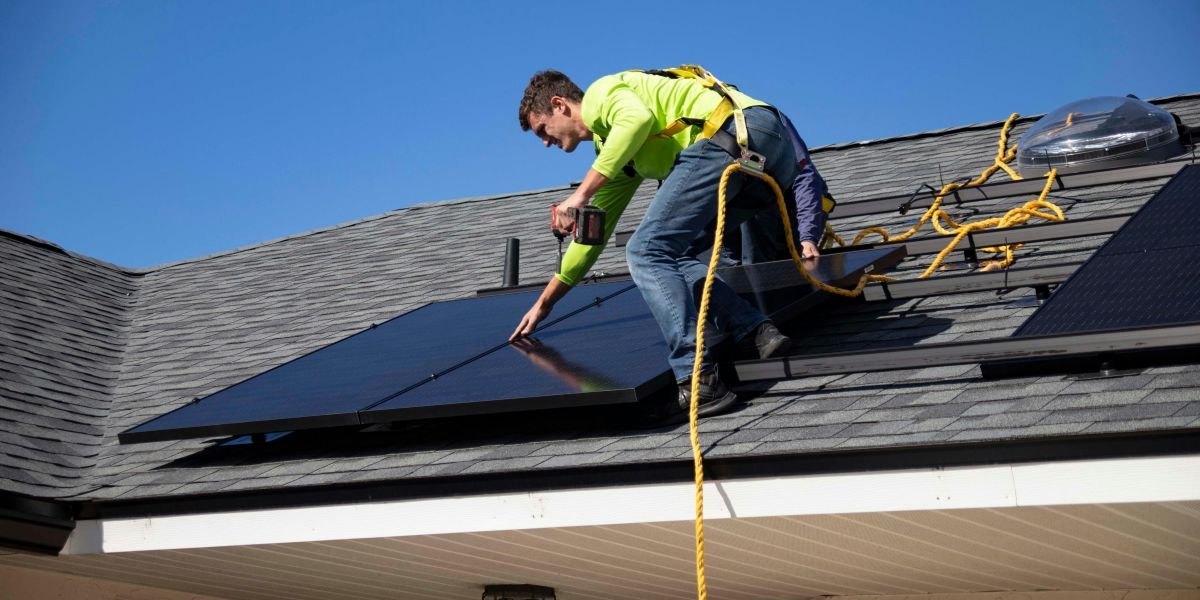Tooth decay is a common problem in children, often requiring intervention to prevent further damage. The traditional method of treating cavities involves dental drills, which can be an uncomfortable experience for young patients. However, with advancements in dental technology, new ways exist to treat tooth decay without causing fear or discomfort. For many parents, finding alternatives to the dental drill is becoming a priority.
In this article, we’ll explore whether there are better options for treating tooth decay in children. We’ll examine new technologies, less invasive methods, and how dental practices are changing how cavities are treated. If you’re concerned about your child’s experience at the dentist, this guide will help you explore safer and less stressful options.
Why Traditional Dental Drills Can Be a Problem for Kids
The sound and sensation of dental drills can be intimidating, especially for children. The noise alone can trigger anxiety, making the dental visit a traumatic experience for young patients. Even with the use of local anesthetics, the discomfort from the vibration of the drill can be unsettling for kids, leading many to dread dental appointments.
This fear and anxiety can also make it difficult for dentists to perform necessary procedures, as children may be less cooperative when feeling scared. As a result, some parents are looking for alternative treatments that cause less fear and discomfort.
Alternatives to Dental Drills
The good news is that dental technology has evolved significantly over the years. Today, there are alternatives to dental drills that are much less invasive and better suited to children.
1. Laser Dentistry
Laser technology is a breakthrough in dental treatments. Lasers can be used to remove decayed tissue without requiring a drill. They are precise, quiet, and cause less discomfort than traditional drilling methods. Lasers also reduce the risk of infection by sterilizing the area as they work, making them an excellent option for children.
Many dental clinics, like a children’s dentist in Toronto, are adopting laser technology to make dental visits more comfortable for their younger patients.
2. Silver Diamine Fluoride (SDF)
Silver diamine fluoride is a non-invasive treatment that helps stop the progression of tooth decay. Applied directly to the cavity, it strengthens the tooth and prevents further decay. SDF is beneficial for young children who may not tolerate drilling well. This painless method doesn’t require anesthesia, making it an appealing option for children and parents.
SDF is becoming a popular treatment in many dental practices and is an effective way to avoid drilling altogether for small cavities.
3. Air Abrasion
Air abrasion is another alternative to drilling that involves using a stream of air and tiny particles to remove decayed material from the tooth. This method is gentler than traditional drilling and doesn’t involve uncomfortable vibrations or noise. Air abrasion is often used for small cavities and can be performed without anesthesia, making it a suitable option for children anxious about dental procedures.
This method is offered in some advanced dental clinics, including those like a dental clinic in Etobicoke, where providing less invasive treatments for children is a focus.
Benefits of Avoiding Dental Drills
Parents can use alternatives to traditional drilling to ensure their child’s dental experience is much more positive. These less invasive treatments offer several benefits:
1. Reduced Anxiety
Since many of these methods are quieter and cause less discomfort, children are less likely to experience fear or anxiety during dental visits. This can make it easier for them to return for regular checkups and maintain good oral health.
2. No Need for Anesthesia
Some alternative treatments, such as laser dentistry and air abrasion, don’t require local anesthesia. This especially benefits children, as the numbing process can be uncomfortable and cause unnecessary stress.
3. Quicker Recovery Time
With less invasive methods, there is often a faster recovery time. Procedures like SDF application and air abrasion are quick and easy, allowing children to return to their regular activities without needing extended rest or aftercare.
Finding the Right Dentist for Your Child
If you’re considering alternative treatments for your child’s tooth decay, finding a dental clinic that offers these options is essential. Look for a Beamsville dentist who is experienced in working with children and prioritizes patient comfort. Practices like clinics that provide childcare are often equipped with the latest technologies and approaches to make dental visits less stressful for young patients.
Before making an appointment, talk to the dentist about the treatments they offer for cavities and whether alternatives to drilling are available. A dentist who understands the importance of reducing anxiety for children will be more likely to provide the latest, child-friendly solutions.
While dental drills have been the standard treatment for cavities for many years, there are now better options available for children. Alternatives like laser dentistry, silver diamine fluoride, and air abrasion offer less invasive, more comfortable ways to treat tooth decay. By choosing these methods, parents can help their children avoid the anxiety and discomfort associated with traditional drilling.
If you’re concerned about your child’s dental experience, consider seeking a dental clinic in Etobicoke or a children’s dentist in Toronto that offers these modern, patient-friendly treatments. Your child’s oral health is essential, and making their dental visits as stress-free as possible will set the foundation for a lifetime of healthy teeth.
Disclaimer: This content is for informational purposes only and is not intended as medical advice, nor does it replace professional medical expertise or treatment. If you have any concerns or questions about your health, always consult with a physician or other healthcare professional.
Published by Jeremy S.










